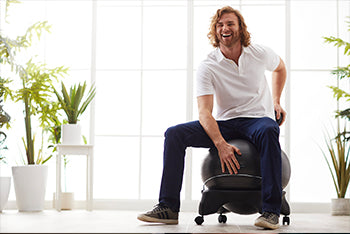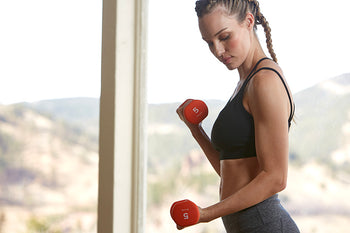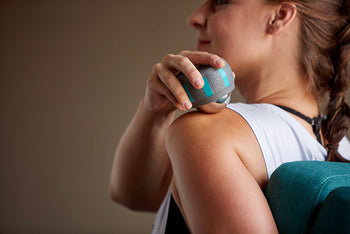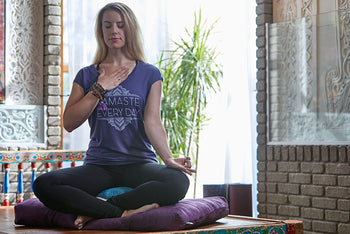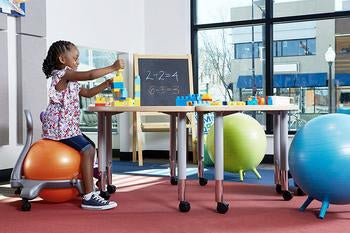Why Humidify, and Which Type of Humidifier Is Best?
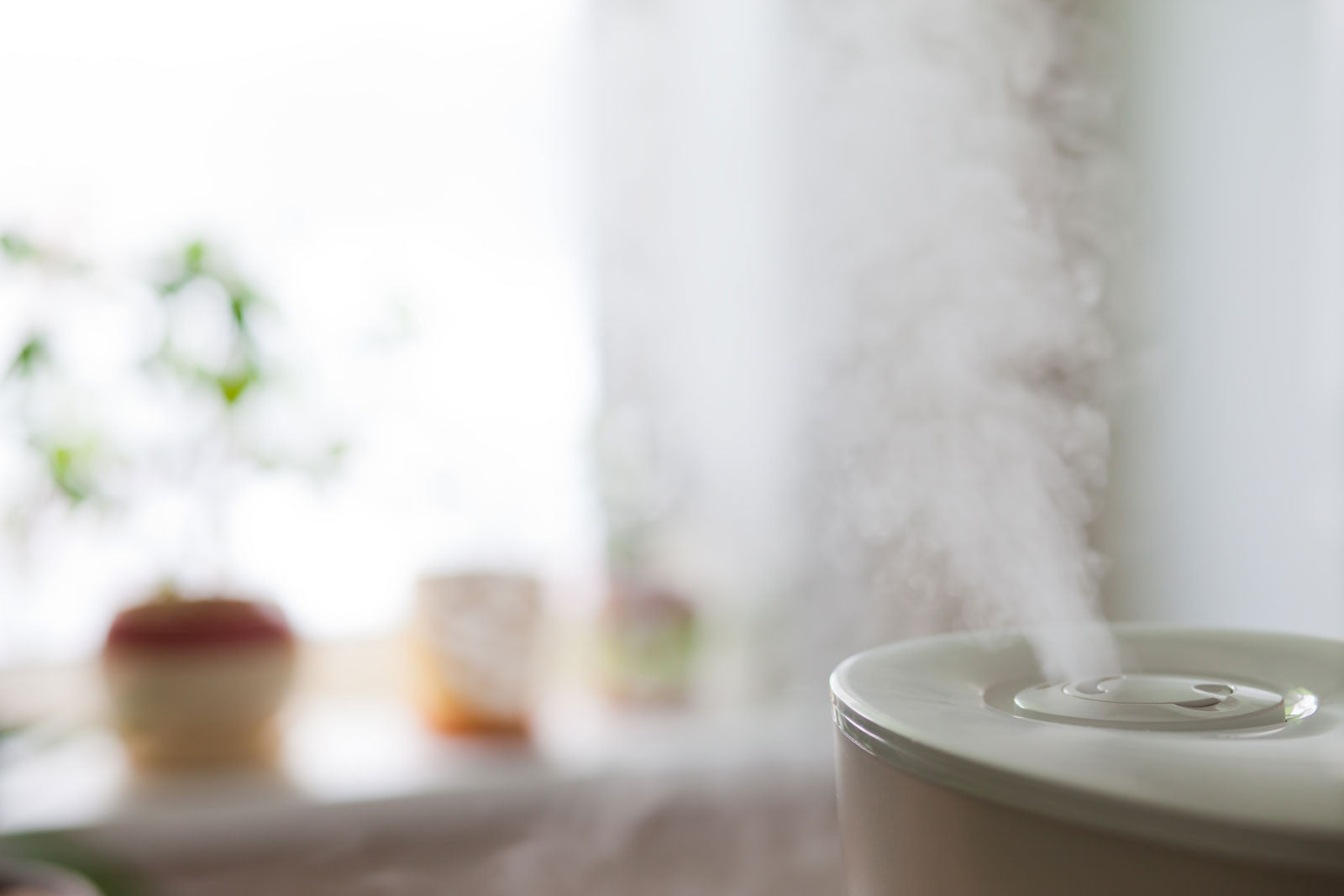
by: Guest Contributor
“I would wake up in the morning and it felt like my face would crack from the dryness,” says New York City resident Carole Klein. “But once I started using a humidifier, I had no problem.”
Dry skin is just one reason that experts recommend using a humidifier, a device that emits water into the air to increase moisture levels (humidity) in your home or office. The National Institutes of Health recommends the use of humidifiers to help relieve congestion from the common cold, flu, and sinus infections. And humidifiers can also help alleviate the symptoms of dry eyes, eczema, itchy skin, dry nasal passages, cracked lips, and nose bleeds due to dry air, allergies, or asthma.
Riley Greene, M.D., of the Denver Skin Clinic says that in the case of eczema or itchiness due to dry skin, a humidifier can do more than just alleviate symptoms — it can prevent them altogether. He counsels his patients to turn on their humidifiers at the same time they turn on the heating system in their homes.
“Using forced-air heating in your house can decrease the humidity level to 10 percent,” he explains. “The skin needs humidity levels of at least 30 to 40 percent to stay healthy.”
And when your skin is healthy, it won’t just feel better — it will look better too.
“When the skin dries, wrinkles appear more prominent,” says Greene. "If your skin is hydrated, it will look plumper and hide the wrinkles."
Generally, humidifiers provide the greatest benefit in the cold winter months, but in dryer climates they can be used year-round. Aside from making your skin feel and look better, boosting the moisture in your indoor air can help your nasal passages, too.
Sandra Freed has been using a humidifier in her Denver home for the last five years to combat nose bleeds. “My allergist recommended I get a humidifier to moisturize my nasal passages at night while I slept,” she says. "I did, and it stopped the nose bleeds immediately."
While using a humidifier generally won’t prevent colds, sinus problems, or allergies, they can alleviate the symptoms to help you get to sleep and get on with your life.
Erin Sturga, who also lives in Denver where the climate is very dry in both winter and summer, uses her humidifier all year: cool mist in the summer and warm mist in the winter. “I find that it keeps my sinuses happier at night while sleeping,” she says. “Before I used one, I would wake up congested at times, and with a sore throat at other times. Also my skin was extremely dry. I find that I need to use less skin lotion when the humidifier is on nightly.”
Parents often use humidifiers to help ease their children’s cold symptoms, since there are so few medications you can safely give to very young kids.
“Parents are desperate to do something when their baby is sick with a cold — and there aren’t too many things that they can do to relieve that snotty nose or cough,” says Ari Brown, M.D., author of Baby411: Clear Answers and Smart Advice for your Baby’s First Year. “The mist can help loosen up the mucus and make it easier to cough or swallow those secretions.”
Which type of humidifier should you buy?
When choosing the right humidifier for your house, start by deciding whether you want to humidify just one room (usually a bedroom), or the whole house. Generally, a unit for your bedroom and/or your children’s rooms will suffice. But if you live in a very dry climate or have severe sinus symptoms, you might want to invest in a whole-house system.
1. Get the right size and capacity for the room
Portable humidifiers and tabletop humidifiers can be ideal for a single room. Some even come with two different-sized tanks for different-sized rooms.
Whole-house humidifiers are larger and usually cover multiple rooms or a small house or apartment. In-duct or whole-house humidifier systems operate like central heat or air. A console-style whole-house humidifier is a supersized version of a tabletop single-room humidifier — with a larger refillable tank (an 8-gallon tank can humidify up to about 1,700 square feet, depending on the model) and casters so you can easily park it in a central but out-of-the-way spot in your house.
Other whole-home humidifiers connect permanently to your water supply, so they don't have be filled with water every day or two as with tank-style humidifiers. This type of unit may also connect directly to the home’s forced-air heating system and may best be installed by a heating and ventilation professional.
2. Choose cool mist or warm mist (or both)
A warm mist humidifier, a type of steam vaporizer, uses electricity to create steam that cools before leaving the machine. Because the water is boiled before it enters the air, the mist is less likely to contain bacteria. Look for "germ-free" warm mist humidifier technology in these units; this typically refers to built-in ultraviolet light or nano-silver antimicrobial features that kill germs and spores in the water before it’s vaporized.
Cool mist humidifiers don’t boil the water (they just vaporize it), so they are more energy efficient and don’t present the burn risk and fire hazard issues of warm mist models. Cool mist humidifier technologies include ultrasonic humidifiers, which emit moisture by ultrasonic vibrations; impeller humidifiers, which emit moisture with a high-speed rotating disk; and evaporative humidifiers, which use a fan to blow air through a wet wick, filter, or belt to trap mineral dust and bacteria before the water evaporates into the air.
Some humidifier models come with both cool mist and warm mist options. A model like this lets you keep the room cooler in summer (when running the air conditioning can dry out the air the same way the heater does) and warmer in winter.
Your doctor may specifically recommend cool or warm mist for you depending on your situation. Brown recommends using a cool mist humidifier in children’s rooms. “I find that warm mist models make the room really stuffy,” he says, “and they can be a hazard if they’re left on around children — the steam is hot!”
Keep a warm mist humidifier out of reach of children and away from flammable materials. Never place a warm mist humidifier or steam vaporizer on carpet or other upholstered surfaces.
Regardless of the model you choose, you must clean it regularly. Otherwise, you run the risk of spreading bacteria and mold, which can exacerbate allergies and asthma symptoms. Choosing one of the newer models that come with built-in antibacterial technology will help keep the water clean so you don’t have to wash the unit as frequently.
Also, pay close attention to the moisture level of the room. Some humidifiers automatically adjust their output based on the moisture level, others let you set the level manually. It should always be between 30 percent and 50 percent or, again, you run the risk of increasing mold and bacteria growth.
Also in Blog

Body Peace & Personal Empowerment

Yoga for Swimmers: Poses for Strength and Mobility



